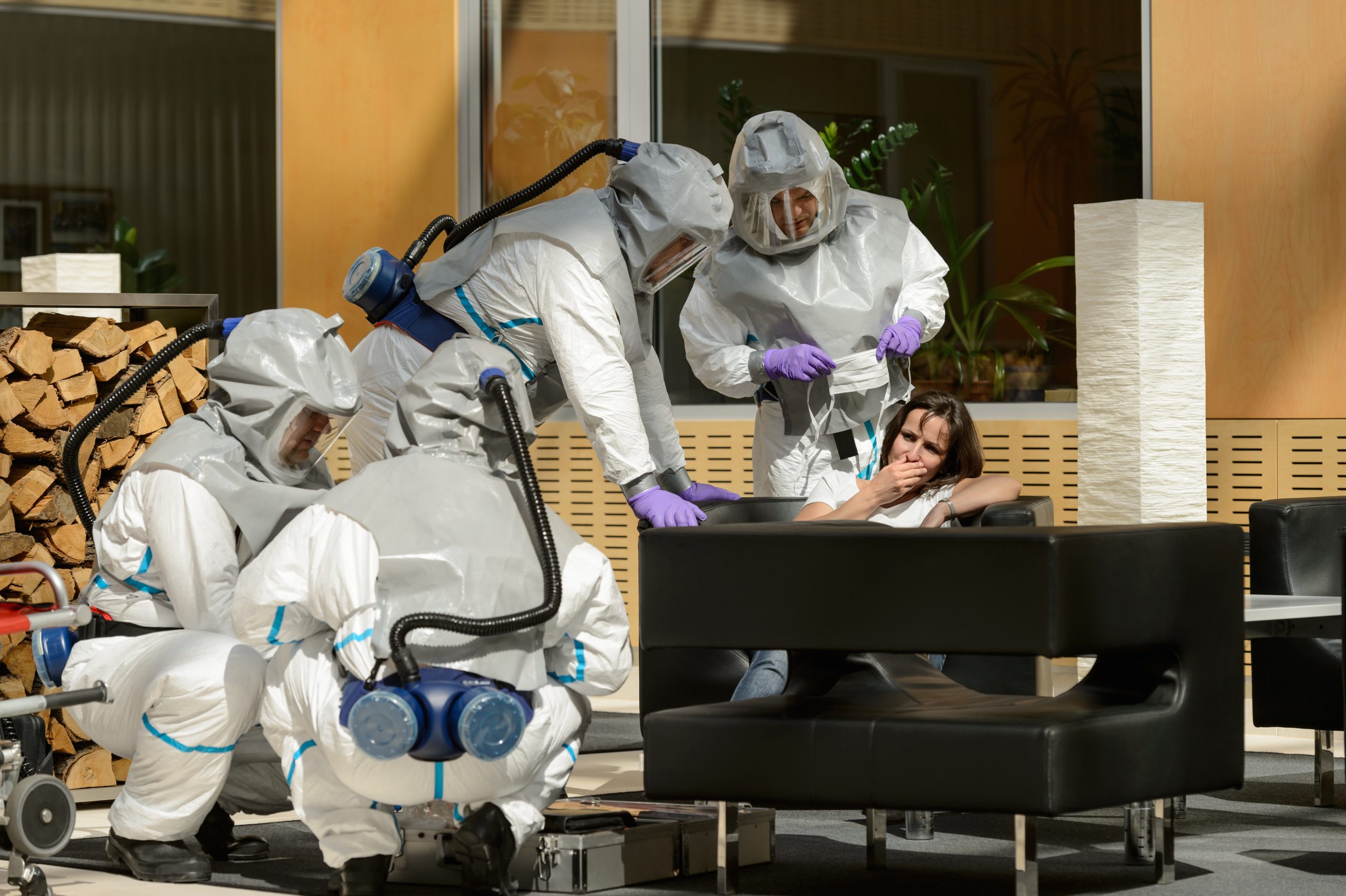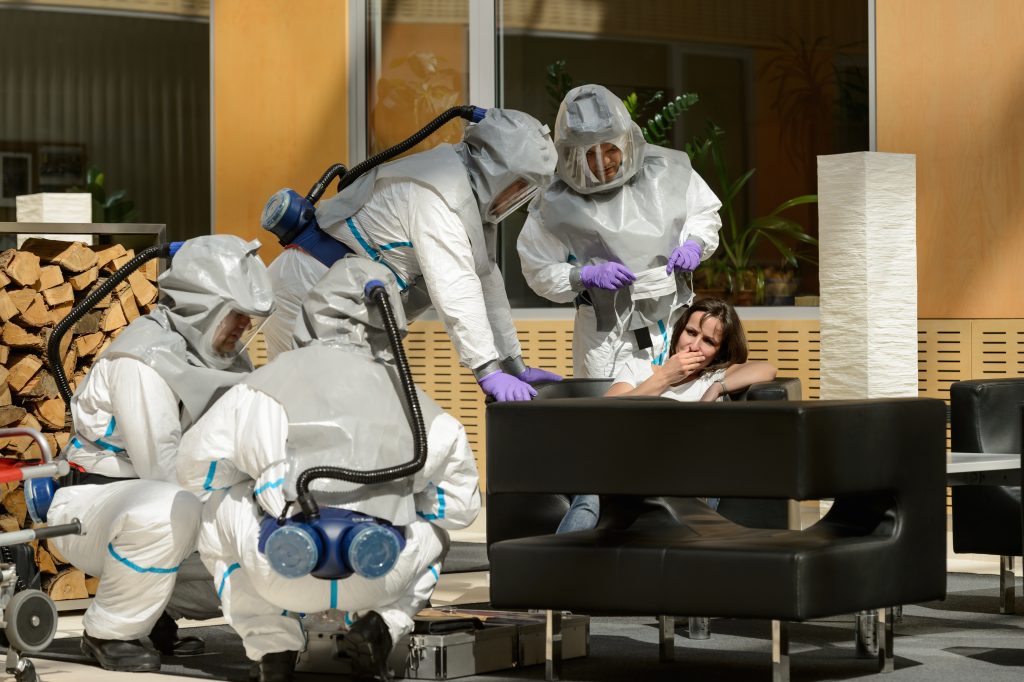Introduction to Updated Cleaning Standards:
The COVID-19 pandemic has brought about many changes in the way we live and work. One of the most important things that have come out of this crisis is an increased awareness of cleanliness and hygiene, especially when it comes to our workplaces. With more people working remotely or coming together in shared spaces, there’s a greater risk of spreading germs and viruses. That’s why it’s essential to implement updated cleaning standards to keep your workplace safe and healthy for everyone.

Importance of Frequent and Thorough Cleaning:
Frequent and thorough cleaning should be at the top of every employer’s priority list. It doesn’t matter if you run a small business with just a few employees or a large corporation with hundreds of workers; keeping your workspace clean can make all the difference between a productive day and one spent sniffling into tissues. The Centers for Disease Control (CDC) recommends frequent cleaning and disinfecting of high-touch surfaces such as doorknobs, countertops, keyboards, and phones. These areas are often overlooked but can harbor dangerous pathogens that can cause illnesses.
Best Practices for Post-Pandemic Cleaning Protocols:
Here are some best practices for post-pandemic cleaning protocols that will help ensure a safer and healthier work environment:
1. Use EPA-registered disinfectants: Look for products that kill a broad range of germs including influenza A virus, rhinovirus, and adenovirus. Make sure they are registered by the Environmental Protection Agency (EPA).
2. Follow manufacturer instructions carefully: Read the label on any cleaning product before using it. Some chemicals may require specific dilution rates or contact times to be effective.
3. Pay attention to frequency: How frequently you clean depends on how heavily trafficked your space is. For example, restrooms should be cleaned daily while conference rooms may only need weekly cleanings.
4. Train staff on proper handwashing techniques: Hand washing remains one of the most effective ways to prevent the spread of disease. Teach your team members how to properly wash their hands with soap and water for 20 seconds.
5. Provide personal protective equipment (PPE): Encourage your employees to wear masks, gloves, and eye protection when necessary. This helps reduce the risk of exposure to airborne particles and other contaminants.
Conclusion: Maintaining a Safe and Healthy Workplace:
Maintaining a safe and healthy workplace requires effort from everyone involved. By implementing these updated cleaning standards, you can significantly reduce the risk of illness among your employees and create a better overall working environment. Remember, stay vigilant and continue practicing good hygiene habits even after the pandemic subsides.


